 For purchasing iPhones in 2022, the right model for you largely depends on your needs when it comes to price, performance, camera, size options and features.
For purchasing iPhones in 2022, the right model for you largely depends on your needs when it comes to price, performance, camera, size options and features.
- iPhone 13
The iPhone 13 has the best balance of performance, features, and design for the price, and it’s the model most people should go for.
The iPhone 13 runs on the same A15 Bionic processor as the Pro models, which means it has the same performance. A powerful processor is one of the most important aspects of a phone for snappy performance and longevity. Battery life is equally important, and the iPhone 13 excels. It’s not quite as good as the Pro models, but it’s still among the best we’ve seen for a phone of this size and price. Cameras are important, too, and the iPhone 13 doesn’t disappoint.
There are few compromises by going with the iPhone 13 over the Pro models. You don’t get the third telephoto zoom lens, the ProRAW photo file format that professionals use for easier editing, or the LiDAR scanner for better portrait shots.
Other features, like the 120Hz screen and shiny polished steel frame are nice, but they’re mere flourishes, comparatively speaking.
Features
- Screen: 6.1-inch Super Retina XDR OLED, 60Hz
- Camera: 12-megapixel wide and ultra-wide
- Processor: A15 Bionic
- Battery Life: 14h 28m (estimated)
Pros: Excellent battery life, excellent cameras, excellent performance, ceramic shield glass is very scratch resistant
Cons: Standard 60Hz screen refresh rate, no fast charger included.
- iPhone 13 Mini
The iPhone 13 Mini is a smaller version of the standard iPhone 13, and it’s for iPhone users who like more compact designs and smaller screens.
The iPhone 13 Mini is basically a smaller version of the standard iPhone 13 with only one major difference. Apart from its size, battery life isn’t quite as good. Still, for such a small phone, the iPhone 13 Mini’s battery life is pretty decent at 13 hours and 25 minutes. That’s significantly better than previous smaller iPhones.
Plus, iPhone 13 Mini packs the same power as the gigantic iPhone 13 Pro Max, as it also runs on the A15 Bionic processor. That means it’ll run apps and games just as long as the most expensive iPhone you can buy.
One of the best things about the iPhone 13 Mini, even if you’re not specifically a fan of smaller phones, is just how portable and comfortable it is to hold and use.
And, at the end of the day, we don’t know of any other small phone that’s as good. If you want a small phone, the iPhone 13 Mini is the obvious choice.
Features
- Screen: 5.4-inch Super Retina XDR OLED, 60Hz
- Camera: 12-megapixel wide and ultra-wide
- Processor: A15 Bionic
- Battery Life: 13h 25m (estimated)
Pros: Small, lightweight, good battery life for its size, excellent cameras, excellent performance, ceramic shield glass is very scratch resistant
Cons: Standard 60Hz refresh rate, no fast charger included, small screen isn’t for everyone
- iPhone 13 PRO
The iPhone 13 Pro has Apple’s best camera, screen, and battery tech for the most discerning iPhone user.
iPhone 13 Pro is the same size as the standard iPhone 13, but it comes with even better battery life exactly two hours more, according to our battery test.
It also has an additional camera lens for better quality zoomed photos, as well as the option to take images in RAW format that professionals use for better editing, and a LiDAR scanner for better portrait mode photos, especially in the dark.
The iPhone 13 Pro also has a very nice screen with a 120Hz refresh rate, which means animations when you’re swiping around iOS and apps looks ultra-smooth. It’s a beautiful effect that brings the Pro series a premium notch above the standard iPhone 13.
For the iPhone 13 Pro series, Apple gave both Pro phones exactly the same features. That wasn’t the case with the iPhone 12 Pro series, where the iPhone 12 Pro Max had a few extra premium features even over the iPhone 12 Pro.
Features
- Screen: 6.1-inch Super Retina XDR OLED, 10Hz-120Hz variable refresh rate
- Camera: 12-megapixel wide, ultra-wide, and telephoto with LiDAR
- Processor: A15 Bionic
- Battery Life: 16h 28m( estimated)
Pros: Stellar battery life, excellent cameras, same camera tech as Pro Max model, excellent performance, 120Hz variable refresh rate screen, ceramic shield glass is very scratch resistant
Cons: Pricey, no fast charger included
- iPhone 11
The iPhone 11 is our favourite budget iPhone, even over the iPhone SE (2020), because it’s significantly more modern and Apple didn’t reduce the iPhone SE’s price when the iPhone 13 was released.
iPhone 11 also has a more modern design, whereas the iPhone SE has the gigantic borders and design that dates back to the iPhone 6 from 2014.
Again, iPhone 11 also has a second camera lens for ultra-wide duties compared to the iPhone SE’s single-lens camera.
Features
- Screen: 6.1-inch Liquid Retina HD
- Camera: 12-megapixel wide and ultra-wide cameras
- Processor: A13 Bionic
- Battery Life: Up to 10 hours video streaming (estimated)
Pros: Excellent performance, excellent cameras, modern design for accessible price, less expensive access to Apple’s ecosystem
Cons: Battery life could be better
- iPhone 13 PRO MAX
You no longer need to buy the iPhone 13 Pro Max to get the best tech from Apple anymore, but it’s still the best iPhone for maximum battery life and entertainment.
One of the best things that Apple did with the iPhone 13 Pro series is giving both Pro models the same set of features instead of giving the Pro Max model the full gamut that Apple has to offer (and the straight Pro model a bit less).
That means the main draws for the iPhone 13 Pro Max rests solely on the large 6.7-inch screen, and the incredible 20-hour battery life. Those are some pretty big draws.
The iOS interface, apps, games, and video look stunning on the iPhone 13 Pro Max’s screen, simply by virtue of its large size. It’s the same reason why videos and games look more impressive on a bigger TV. The bigger screen and the incredible battery life make a perfect combo, because streaming video and playing games on phones uses up more battery power.
Features
- Screen: 6.7-inch Super Retina XDR OLED 10Hz-120Hz variable refresh rate
- Camera: 12-megapixel wide, ultra-wide, and telephoto with LiDAR
- Processor: A15 Bionic
- Battery Life: 20h 18m in our battery test
Pros: Supreme battery life, excellent cameras, excellent performance, 120Hz variable refresh rate screen, ceramic shield glass is very scratch resistant
Cons: Pricey, no fast charger included



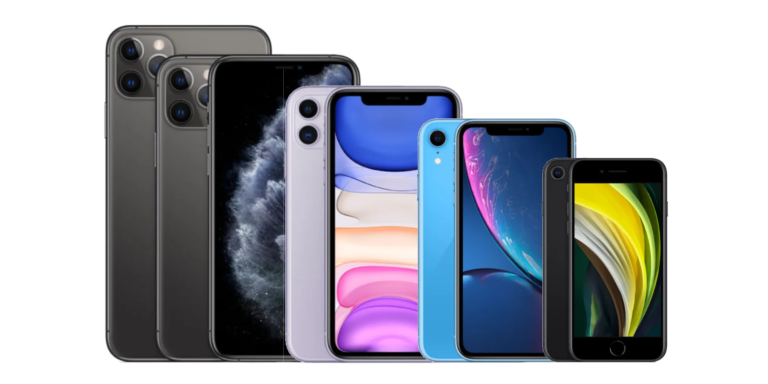
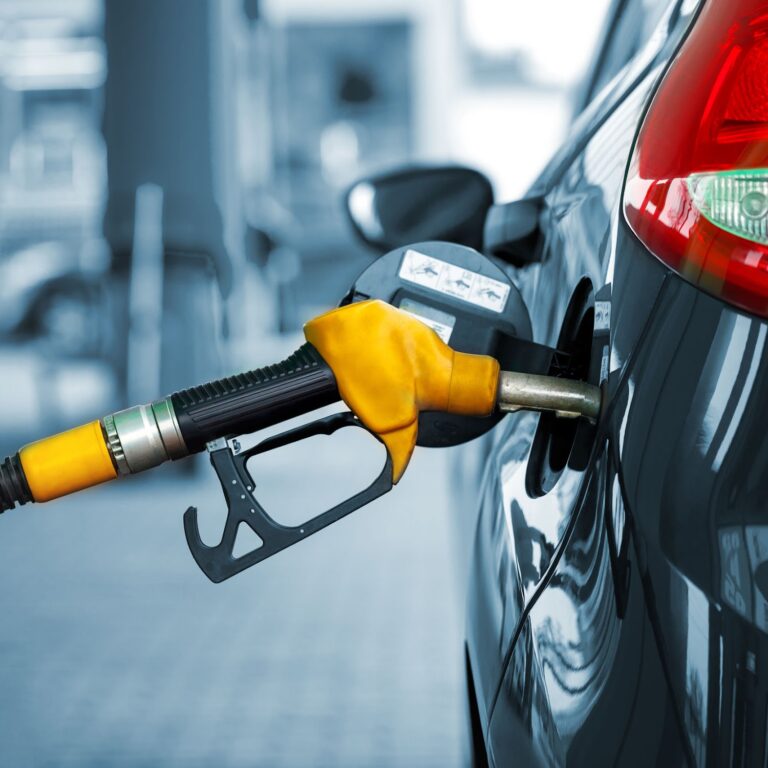


 consumption of a vehicle depends on a number of factors. Some of them like traffic congestion and road conditions will never be under your control. Improving your driving style and keeping your car in good shape will help you achieve better fuel economy irrespective of the conditions.
consumption of a vehicle depends on a number of factors. Some of them like traffic congestion and road conditions will never be under your control. Improving your driving style and keeping your car in good shape will help you achieve better fuel economy irrespective of the conditions.



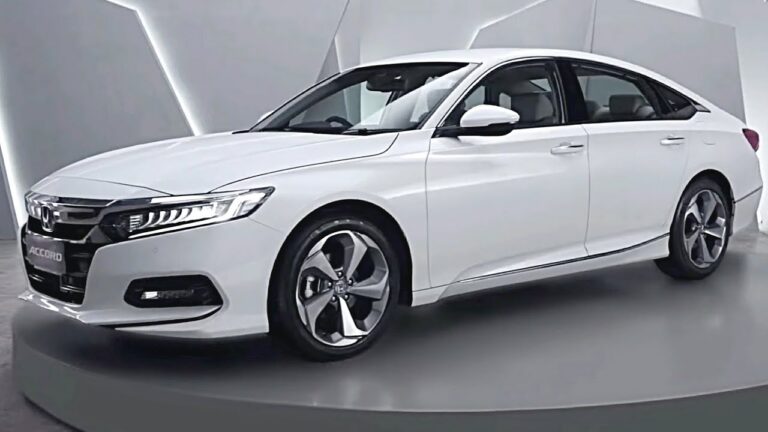
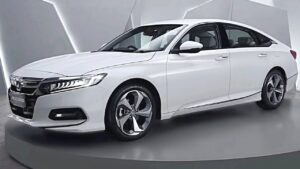

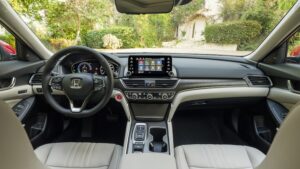 float above the dashboard but look for the current Accord’s standard split-gauge cluster (half digital, half analog) to give way to a fully digital cluster across the lineup. The roominess of today’s model will carry over to the new one, with perhaps a touch more trunk space carved out of the squarer tail.
float above the dashboard but look for the current Accord’s standard split-gauge cluster (half digital, half analog) to give way to a fully digital cluster across the lineup. The roominess of today’s model will carry over to the new one, with perhaps a touch more trunk space carved out of the squarer tail.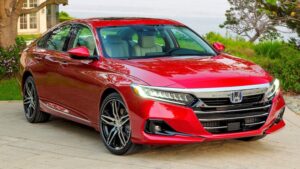 Look for the Accord’s trio of powertrains to live on for 2023, albeit with small reworkings for improved fuel economy and power delivery. That means entry-level Accords will retain their turbocharged 1.5-liter I-4 engines and continuously variable automatic transmissions (CVTs), while up-level versions will offer a more powerful turbo 2.0-liter I-4 and a 10-speed traditional automatic. Finally, the Accord Hybrid and its 2.0-liter I-4 and electric motor combo will return, likely with changes geared toward improving its fuel economy further. Front-wheel drive probably will remain the Accord’s lone option; many competitors, the Toyota Camry included, have begun offering optional all-wheel drive-in recent years.
Look for the Accord’s trio of powertrains to live on for 2023, albeit with small reworkings for improved fuel economy and power delivery. That means entry-level Accords will retain their turbocharged 1.5-liter I-4 engines and continuously variable automatic transmissions (CVTs), while up-level versions will offer a more powerful turbo 2.0-liter I-4 and a 10-speed traditional automatic. Finally, the Accord Hybrid and its 2.0-liter I-4 and electric motor combo will return, likely with changes geared toward improving its fuel economy further. Front-wheel drive probably will remain the Accord’s lone option; many competitors, the Toyota Camry included, have begun offering optional all-wheel drive-in recent years.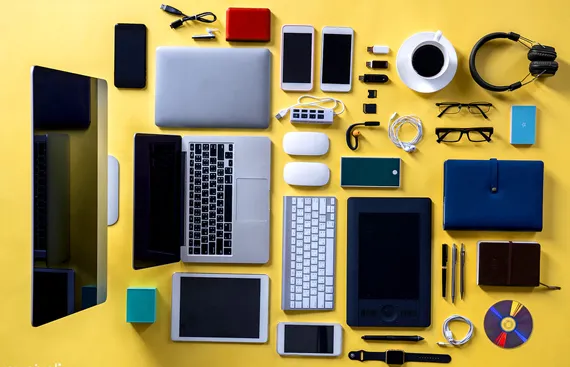
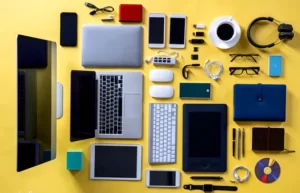 In recent years, these devices have become increasingly general purpose as they combine several functions including making calls, streaming video and playing games. Typical examples include e-book readers, smart watches, digital fitness trackers, GPS devices, video game machines, laptops, desktop computers among others.
In recent years, these devices have become increasingly general purpose as they combine several functions including making calls, streaming video and playing games. Typical examples include e-book readers, smart watches, digital fitness trackers, GPS devices, video game machines, laptops, desktop computers among others. Modern gadgets have revolutionised the world of shopping, allowing online shoppers to buy millions of products with a click of a mouse. Online stores, drop-shipping, et al were all born from the Boom that is technology.
Modern gadgets have revolutionised the world of shopping, allowing online shoppers to buy millions of products with a click of a mouse. Online stores, drop-shipping, et al were all born from the Boom that is technology.

 The emergence of the world’s first pandemic in over a century, COVID-19, has caused extreme disruption to automotive supply chains. A combination of workforce infections, economic slowdown and a global shortage of vital semiconductors meant that several automakers and manufacturers were forced to idle production and close plants.
The emergence of the world’s first pandemic in over a century, COVID-19, has caused extreme disruption to automotive supply chains. A combination of workforce infections, economic slowdown and a global shortage of vital semiconductors meant that several automakers and manufacturers were forced to idle production and close plants.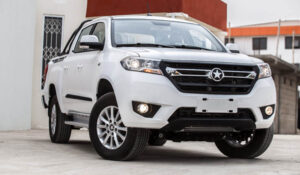 According to Finance Minister, Ken Ofori- Atta, the Ghana Automotive Development Programme under the Strategic Anchor Industries Initiative, continues to attract investment from global vehicle brands. Global brands Nissan, Volkswagen, Toyota, Peugeot and Sinotruck have all set up assembly plants in Ghana, joining local car maker Kantanka, thereby ushering in a new era for Ghana’s automotive industry. I must add that they need a lot of policy support for this to become a success, but Good times! I pray…
According to Finance Minister, Ken Ofori- Atta, the Ghana Automotive Development Programme under the Strategic Anchor Industries Initiative, continues to attract investment from global vehicle brands. Global brands Nissan, Volkswagen, Toyota, Peugeot and Sinotruck have all set up assembly plants in Ghana, joining local car maker Kantanka, thereby ushering in a new era for Ghana’s automotive industry. I must add that they need a lot of policy support for this to become a success, but Good times! I pray…